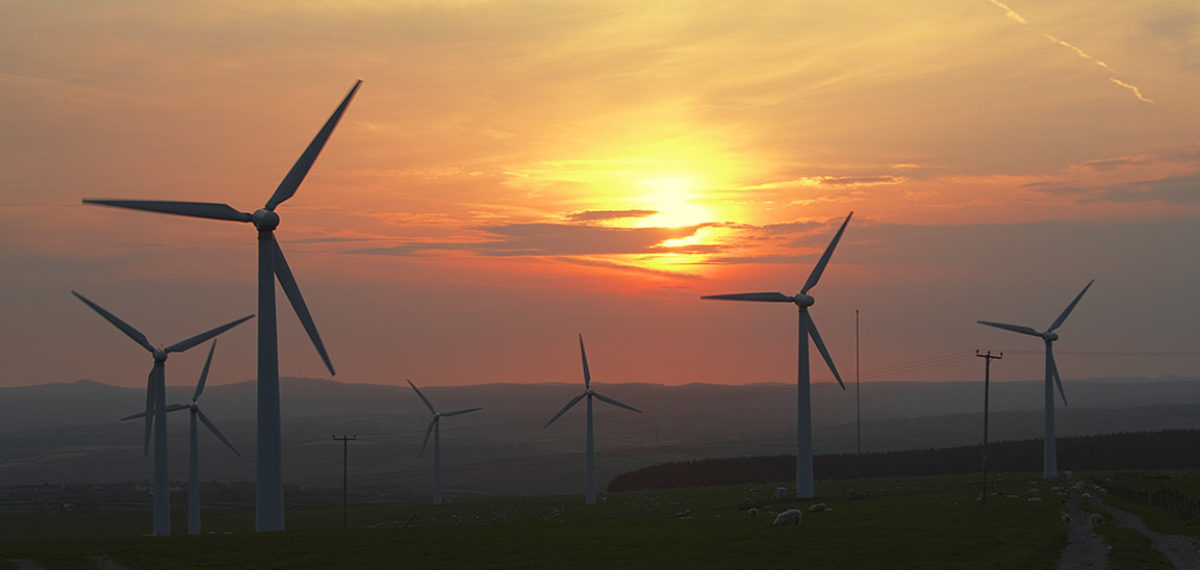The oil and gas industry is poised to gain several tens of millions of pounds for what will turn out to be mainly a license to carry on generating carbon dioxide. A flagship ‘blue hydrogen’ scheme, that is one involving production of hydrogen from natural gas and removing part of the carbon dioxide, is to be launched on Humberside if a consortium receives £75 million from the Government. Yet, for all this money, less than 30 per cent of the carbon dioxide produced on the site will actually be captured.
According to Bioenergy International ‘The project will be located at Saltend Chemicals Park near the city of Hull and its initial phase comprises a 600 MW auto thermal reformer (ATR) with carbon capture, the largest plant of its kind in the world, to convert natural gas to hydrogen…..It will enable industrial customers in the Park to fully switch over to hydrogen, and the power plant in the Park to move to a 30 percent hydrogen to natural gas blend.’
Of course because not all carbon dioxide is captured in the process, the amount of effective decarbonisation could amount to a lot less than 30 per cent – the Bioenergy International report did not say what percentage of the carbon dioxide generated during the hydrogen production would be captured.
The oil and gas industry claims that blue hydrogen production will somehow help green hydrogen (produced when renewable electricity electrolyses water). Yet, because of the relatively small size of the hydrogen market, the reality is that the blue hydrogen production will squeeze out green hydrogen. The gas industry has designs on the heating market, but this looks like a plan for a dogs breakfast requiring lots of changes in the gas distribution system and changes in boilers whilst still producing lots of carbon dioxide. Installing energy efficiency, heat pumps and storage heaters all powered by renewable electricity seems a surer bet that we can get on with now.
Electrolyser costs will only be brought down if it can aim to capture the whole of what will be a much smaller hydrogen market than what the gas industry expects. However, an important part of this market could be producing ‘stored’ renewable energy in the form of hydrogen or ammonia which can then be used to generate electricity in conventional gas engines or turbines when there is little wind or sun. Ammonia, which is already stored in large quantities to make fertiliser and which may be able to be stored more easily than hydrogen, can also be produced through electrolysis from renewable energy sources by mixing the hydrogen with nitorgen. The ammonia can also be used to generate electricity using gas engines or turbines.
Potentially this could be very cheap because renewable energy could be used when there was excess (and thus very cheap power) and cheap conventional gas generation equipment could be used. But all this will be thwarted if electrolyser technology does not have a large market to enable economies of scale to reduce electrolyser technology costs. Meanwhile the gas industry will continue to preserve their industry and emit large quantities of carbin dioxide in the process.
David Toke
Sign our petition for Scotland to derive ALL of its energy from renewable energy sources! Sign up for our FREE webinar on achieving 100 per cent renewable energy in Scotland!

And what about CCU? Eg https://www.imeche.org/news/news-article/new-catalyst-platform-turns-carbon-emissions-into-plastic
ok, but why do we have to bother with burning fossil fuels in the first place? Carbon capture is going to be a lot less than 100% – in this project the carbon capture for the hydrogen used will be less than 30%! Why not just do renewables!